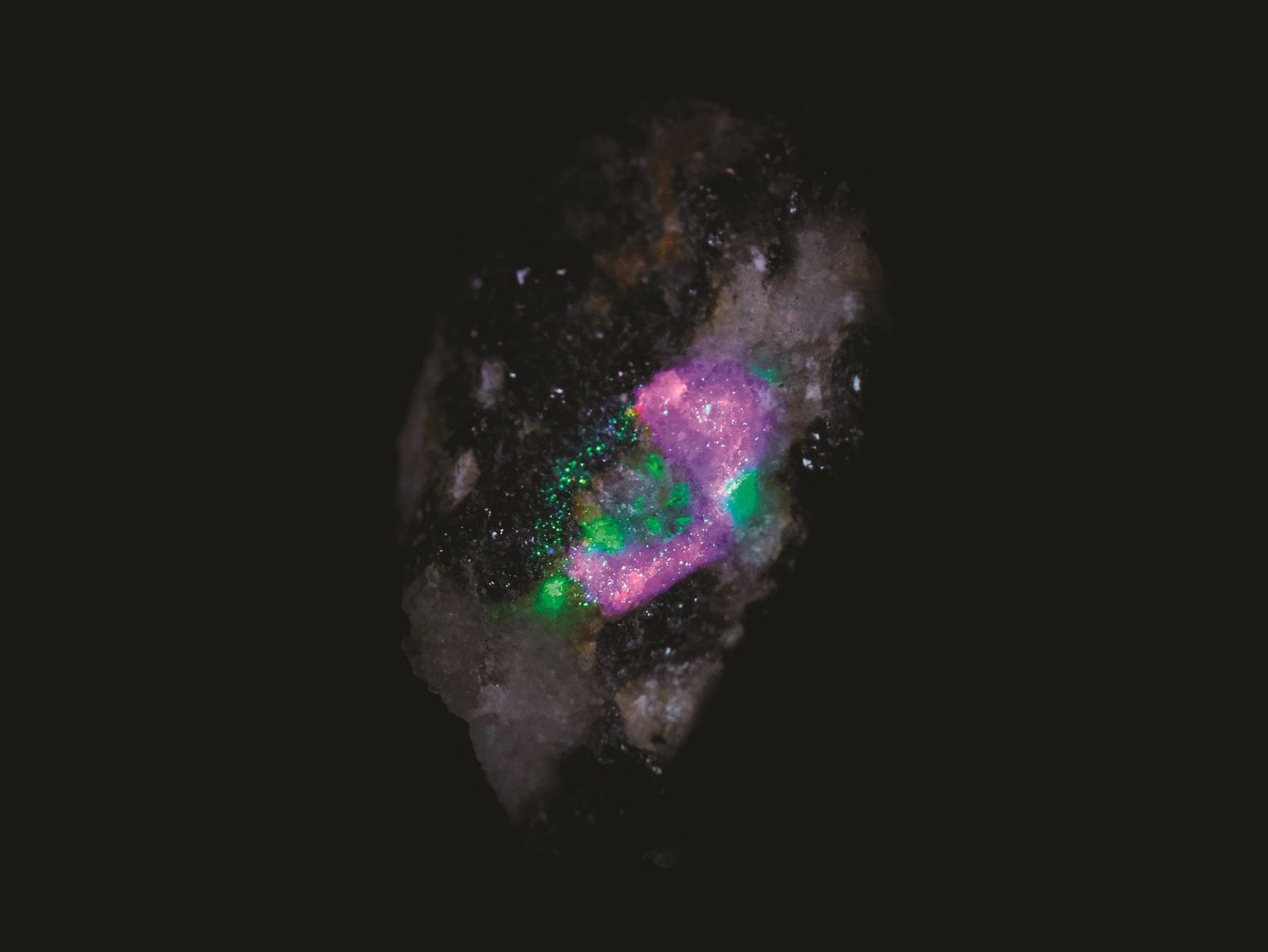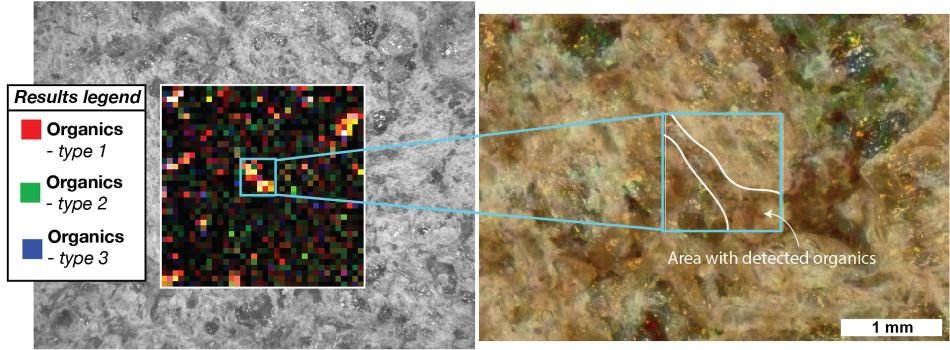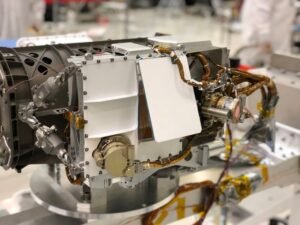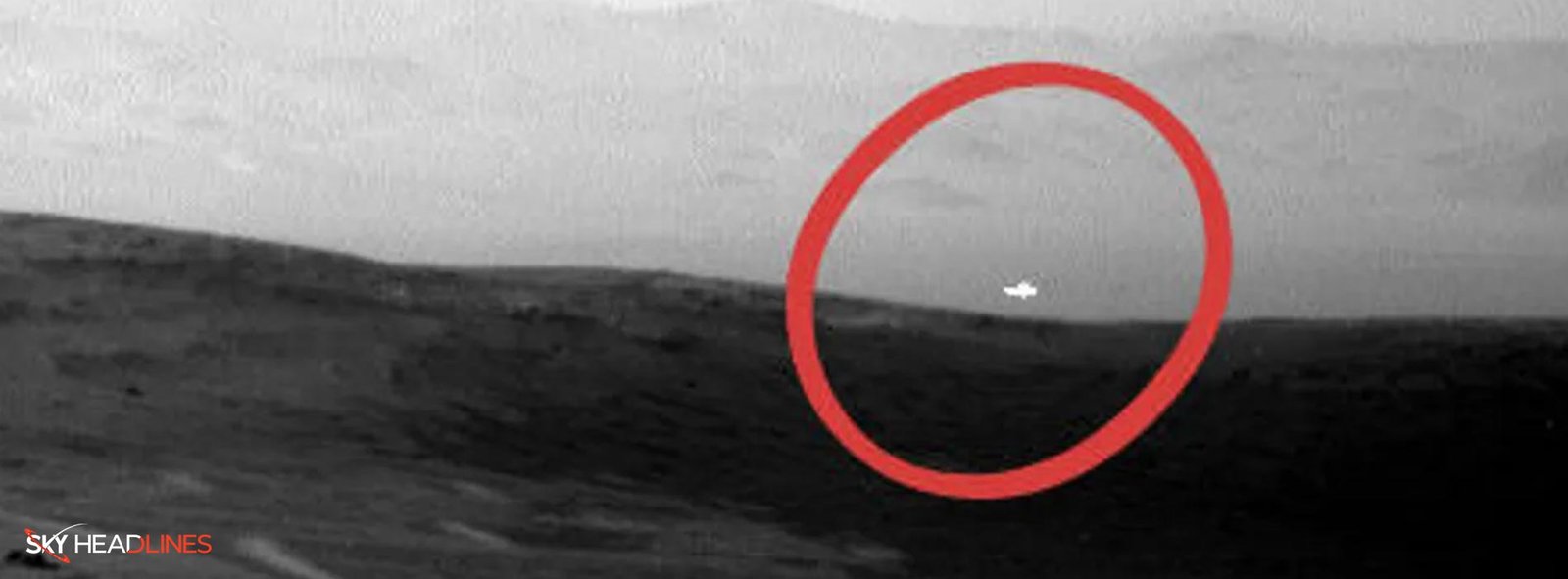NASA Perseverance rover sees the Light on Mars. Let’s uncover some of the important knowledge about this discovery, and see how it does it looks like?
Perseverance Rover’s SHERLOC & Light on Mars
In a recent study, a cutting-edge tool called SHERLOC—which looks for compounds perhaps connected to ancient life—played a crucial role. Thanks to SHERLOC, a cutting-edge instrument on the rover’s robotic arm, NASA’s Perseverance rover may have discovered a varied assortment of organics during its first 400 days on Mars.
Organics are carbon-based substances thought to be the foundation of life. Whether the chemicals came from biological or geological sources is unknown to the mission’s scientists. Who are looking for proof that the planet formerly hosted microbial life.
Nevertheless, they are interested.
SHERLOC, an acronym for Scanning Habitable Environments with Raman & Light on Mars for Organics & Chemicals, aids researchers in determining whether or not a sample is worthwhile obtaining. The Mars Sample Return campaign therefore requires the equipment to be successful.
The campaign’s initial stage is the Perseverance rover, a joint effort by NASA and the European Space Agency (ESA). It aims to return carefully chosen samples from Mars back to Earth so that they may be investigated there with lab apparatus that is far more sophisticated than that which could be transported to the Red Planet. It would be necessary to return the samples to verify the presence of organics.

What are the SHERLOC’s Powerful Insights & Chemical Composition?
The core of SHERLOC’s capabilities is a method that examines the chemical composition of rocks by examining how they scatter light. An ultraviolet laser is point at the target by the equipment. The Raman effect, a phenomenon that describes how that light on Mars is absorb and then release. It offers a distinct spectral “fingerprint” of various substances.
As a result, scientists are better able to categorize the minerals and organics found in rocks and comprehend the environment in which they arose. For instance, different minerals can occur in saltier water than in fresh water.
SHERLOC uses its WATSON (Wide Angle Topographic Sensor for Operations and Engineering) camera to record the textures of rocks, then adds information to the photos to produce spatial maps of the chemicals present on the rock’s surface. The results have been as encouraging as the instrument’s science team had hoped, as described in a recent report in Nature.

Can SHERLOC Rocks Preserving the Evidence of Martian Life & Light on Mars?
A lead author Sunanda Sharma of NASA’s Jet Propulsion Laboratory in Southern California. JPL built SHERLOC along with the Perseverance rover, said:
“These detections are an exciting example of what SHERLOC can find. And they’re helping us understand how to look for the best samples”
Gale Crater, 2,300 miles (3,700 kilometers) from Perseverance. It has been verified to contain organic molecules numerous times by NASA’s Curiosity rover. Which landed on Mars in 2012. SAM, or the Sample Analysis of light on Mars. It is an equipment inside Curiosity that burns up powderized rock samples. And analyzes the vapor that results.
Scientists on Perseverance are searching for rocks. That may have preserved evidence of prehistoric microbial life, therefore they want to conserve the samples for further examination on Earth.
SHERLOC’s Intriguing Discoveries in Quartier and Beyond
Ten rock targets that SHERLOC researched are examine in the new Nature paper, including “Quartier.”
“We see a set of signals that are consistent with organics in the data from Quartier.”

The science team determines whether to use the rover’s drill to core a rock sample that is roughly the size of a piece of blackboard chalk when data from SHERLOC and other equipment appears promising. Following Quartier’s analysis, they took “Robine” and “Malay” rock-core samples from the same rock, making a total of two of the 20 core samples thus far.
Finding the most organic molecules doesn’t necessarily indicate a good target from which to take a sample. In the end, the researchers from Perseverance hope to gather a set of samples. That is typical of all the many regions that can be found in Jezero Crater.
Mars’ Past through Sample Analysis and Contextual Insight
Future researchers who examine these samples will be able to put them into context. By knowing what changes might have happened surrounding any samples. That might show evidence of prehistoric life, and light on Mars.
“The value comes from the sum rather than any individual sample,” Sharma said. “Pointillism is a good analogy for this. We’re eventually going to step back and see the big picture of how this area formed.”





